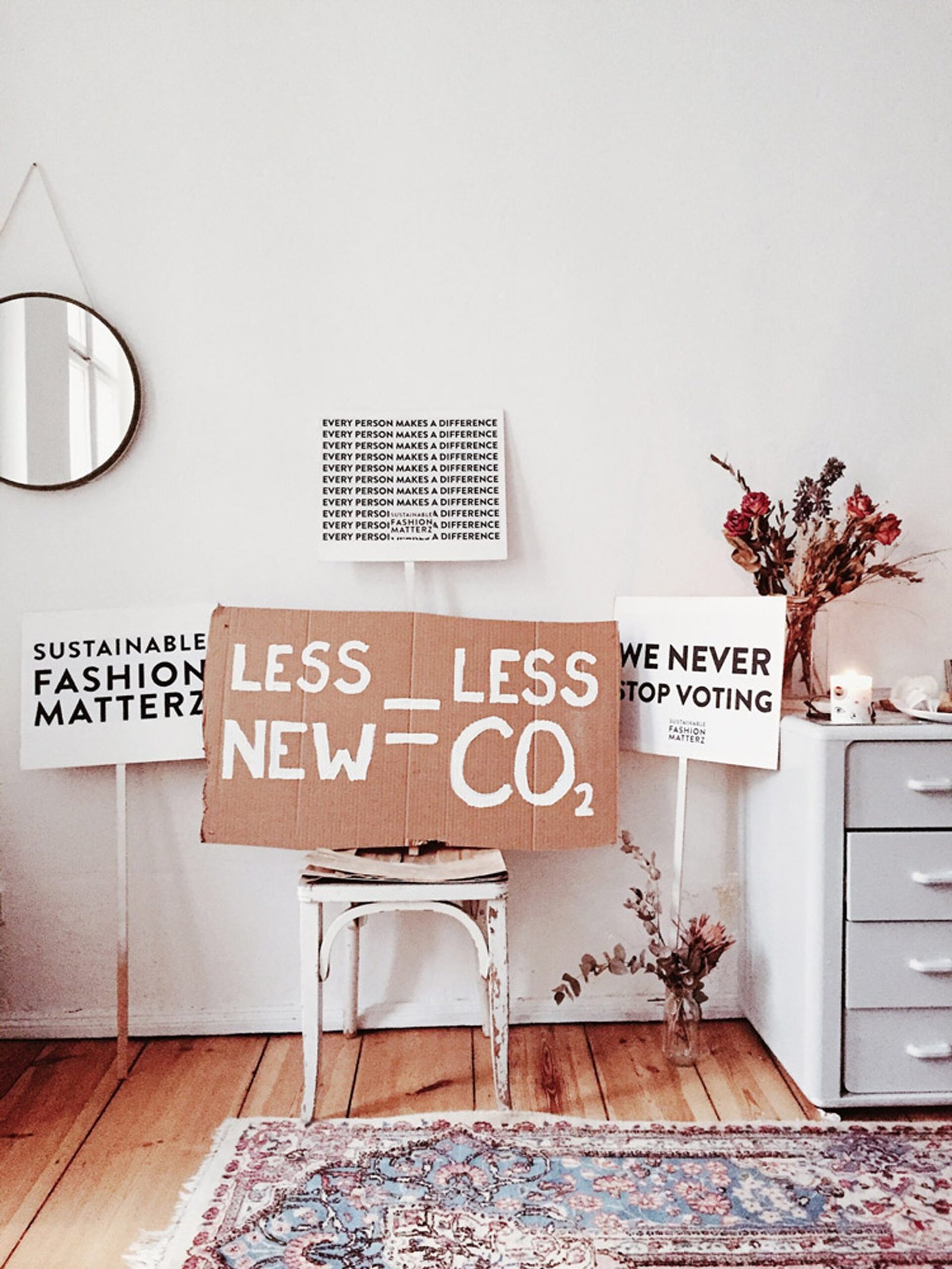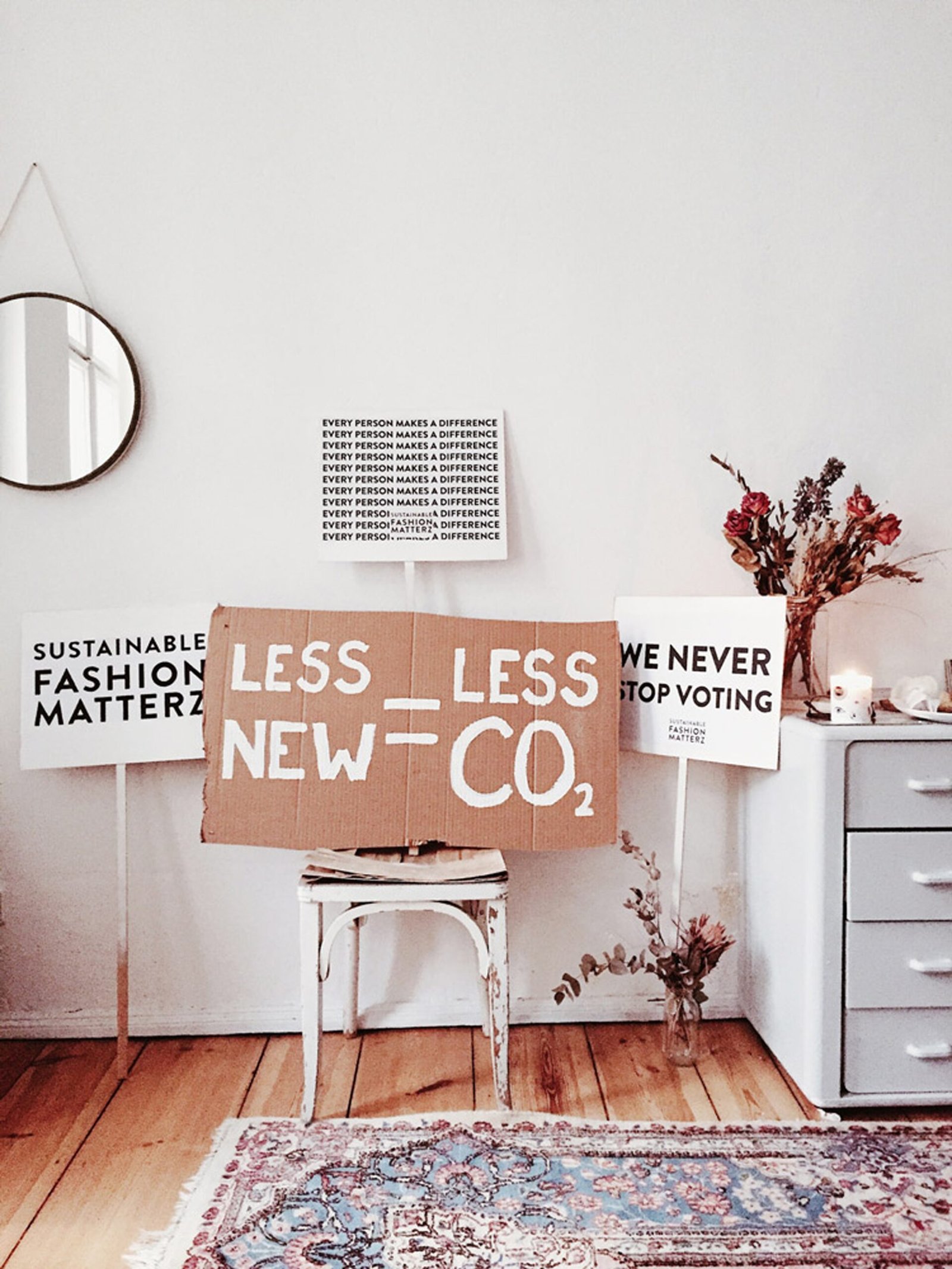As the world becomes more conscious of the environmental impact of the fashion industry, sustainable fashion has emerged as a powerful movement. With the growing demand for eco-friendly and ethically produced clothing, it’s important to understand what sustainable fashion is and how we can embrace it in our everyday lives.
What is Sustainable Fashion?
Sustainable fashion, also known as eco-fashion, is a way of producing and consuming clothing that considers the environmental and social impact throughout the entire lifecycle of a garment. It encompasses a range of practices, from using organic and natural materials to promoting fair trade and ethical labor practices.
One example of sustainable fashion is the use of organic cotton. Unlike conventional cotton, which relies heavily on pesticides and synthetic fertilizers, organic cotton is grown without harmful chemicals. This not only protects the environment but also ensures the well-being of farmers and workers involved in the production process.
Why is Sustainable Fashion Important?
The fashion industry is notorious for its negative impact on the environment. From water pollution caused by textile dyeing to the immense amount of waste generated by fast fashion, the industry has a long way to go in terms of sustainability. By embracing sustainable fashion, we can help minimize these harmful effects and create a more eco-friendly future.
For instance, upcycling is a sustainable fashion practice that involves transforming old or discarded garments into new, stylish pieces. This reduces the need for new materials and decreases waste, ultimately conserving resources and reducing carbon emissions.
How to Embrace Sustainable Fashion
1. Choose Quality Over Quantity: Instead of buying cheap, low-quality clothing that quickly falls apart, invest in well-made garments that will last longer. Look for durable materials and timeless designs that can be worn for years to come.
For example, instead of purchasing several cheap t-shirts that will lose their shape after a few washes, opt for a high-quality organic cotton t-shirt that will retain its shape and color over time.
2. Buy Secondhand: Thrifting and shopping at consignment stores are great ways to support sustainable fashion. By giving pre-loved clothing a new life, you reduce the demand for new garments and contribute to a circular economy.
Consider this: instead of buying a brand new pair of jeans, you can find a gently used pair at a fraction of the cost and environmental impact.
3. Support Sustainable Brands: Many fashion brands are now incorporating sustainable practices into their production processes. Look for certifications such as Fair Trade, GOTS (Global Organic Textile Standard), or B Corp, which indicate that a brand is committed to ethical and sustainable practices.
For instance, Patagonia is a well-known outdoor clothing brand that prioritizes sustainability. They use recycled materials, support fair labor practices, and encourage customers to repair their products rather than replacing them.
4. Care for Your Clothing: Properly caring for your clothes can significantly extend their lifespan. Follow the care instructions on the garment’s label, wash clothes at lower temperatures, and air dry them whenever possible to reduce energy consumption.
5. Educate Yourself: Stay informed about the latest developments in sustainable fashion. Follow sustainable fashion blogs, read books and articles, and engage with the community to deepen your understanding of the industry and discover new ways to incorporate sustainability into your wardrobe.
Conclusion
Sustainable fashion is not just a trend; it’s a necessary step towards a more environmentally and socially conscious future. By making thoughtful choices in our clothing purchases and supporting brands that prioritize sustainability, we can contribute to a more sustainable fashion industry. Together, we can shape a world where style and ethics go hand in hand.









